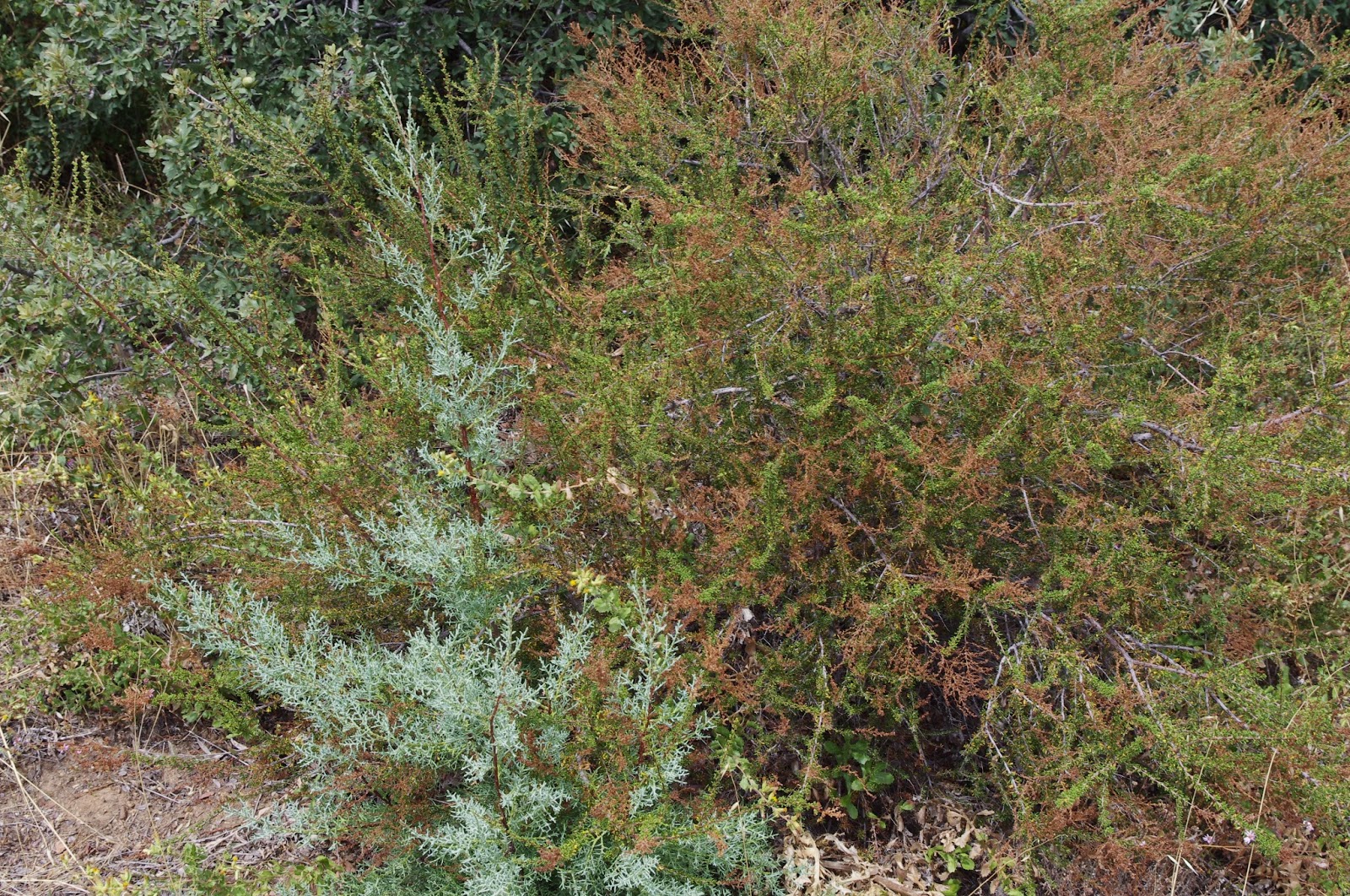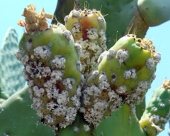Shawn Harper wrote:I drive around farm country regularly for my work. I rarely see hedges of any kind. In my area even getting normal hedges would be a huge step up.
I love the concept of Chaparral Hedges. I've used chaparral for a number of landscape health reasons for the entire project to ensure landscape balance as far as pest management and have chosen specific chaparral for that purpose. Believe it or not, many forestry officials have demonized the shrubs as invasive withi their native home range because they sprout easily after fire and officials will lament them taking over after wildfire and replacing forests. Actually they enhance forest establishment as I've proven back in the 1980s where I was often at odds with local forestry official reforestation policy which advocated total mechanical and chemical of chaparral prior to planting. I made a successful effort to gather a few large property owners to purchase bare root pines [Coulter, Jeffrey] and Incense Cedar to building a woodland where none existed before. Our of four landowners, all but one followed the forestry's scortched earth policy of stripping vegetation to the ground before planting. The landowner I care took did meticulously remove about one third of the chaparral to open up space for seedling planting. Chaparral acts as a deeply rooting hydraulic lifter and redistributor of water from subterranean sources which helps the trees survive the long dry periods of the southwest. We also inoculated those trees with Pisolithus tinctorius which for those hotter dry summertime regions almost guarantee seedling success. Thus far I have found no better mycorrhizal fungi for pines and oaks. The one success story is in Anza California where planting took place back in 1983. I revisted back in 2013:
Establishing a Forest where the experts said it would fail
You need to understand something about acquiring these trees from the State run Nursery or contracted Nusery L.A. Moran. Initially they said it would fail because of geographical location and climate. They emphesized strict stripping of the land to be planted because chaparral was considered an agressive competitor. This is a lie propagated by a blind faith religious concept known as Survival of the Fittest. Nature today is being admitted as mutually cooperative, so you can imagine the idiocy I had to deal with back then. Heck, even the fire bosses who ran the control burns back then didn't even know that one unique particular forest tree, Big Cone Douglas Fir (Pseudotsuga macrocarpa) actually sprouts back from it's trunk and branches after being completely burned with fire. Take a look at this photo from my post linked above. Take note of a spefici chaparral we left because I had always found it to be the biggest promoter of seedling/sapling establishment. It's called Redshank or ribbonwood (Adenostoma sparsifolium)

Here is a link to it's cousin which is called Chamise or known by the purposely derogatoey name, "Greasewood" because it is blamed for wildfires. It too is one of the best soil erosion controls shrubs and forest pioneer seedling establishment during times of wet climate periods in Southern California. The scientific name is Adenostoma fasticulatum. This partuclar shrub like most are endomycorrhizal, but under rare occasions where wet rainy El Nino seasons take place, an epigenetic trigger switches on a signalling message for the ecto-mycorrhiza, Pisolithus tinctorius to colonize it's root system. This is what helps the seed to survive after scrub jays have planted them. Below the link is an image of Cuyamaca Cypress sprouting through Chamise which has acted as a nurse plant. This is an area south of Julian California which receives more moisture than most areas as a result of microclimate.
Chamise or Greasewood (Adenomstoma fasticulatum) Worthless Brush or Potewntial Nusrse Plant

This next link is of an area called Mountain Center where this entire area was obliterated by fire (with the exception of several large tall trees) and no planting or reforestation was ever undertaken because it was private land. Both Pines and Chaparral plants grew back together furiously after this fire. I also wrote this to document what inspired me to respect chaparral and make the comparision with what I did in Terwilliger. There are more trees here now than previously before the fire. Nobody touched the chaparral and in most cases plant succession response has been the trees now replacing the chaparral that once nursed them along through life.
1982 Wildfire in Mountain Center & the Forest Regeneration
Take not of the long tall trees which the forest fire couldn't kill and the younger full vibrant health of the younger trees now which has now replaced the chaparral nurse shrubs.

I know this is a lot of A to Z to take in, but you'll get my drfit

 7
7





 3
3




 5
5




 3
3






 1
1







